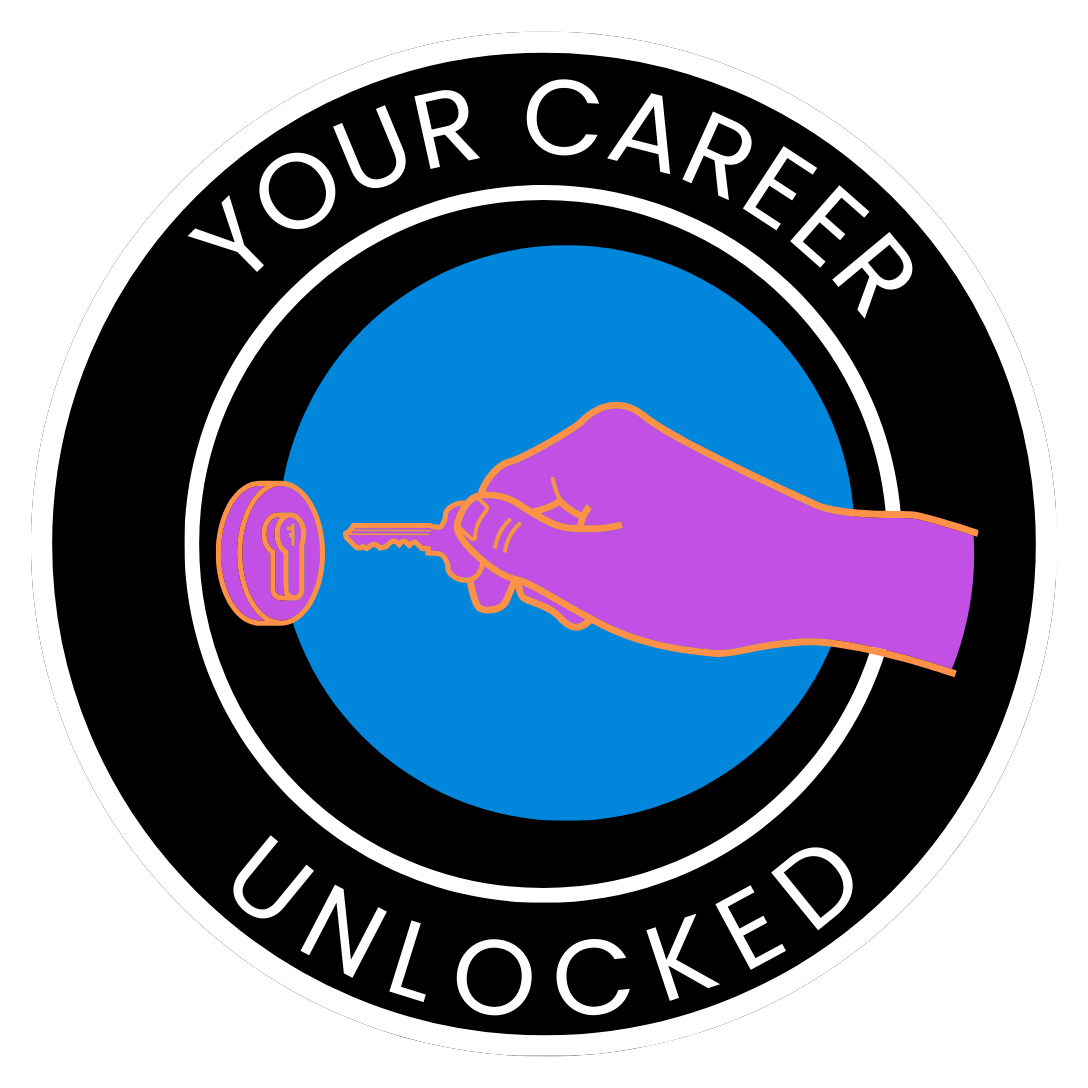From Zero to Clarity: Using ChatGPT to Develop Unformed Ideas
We’ve all been there: a vague idea pops into your head, but it’s too unformed to make sense of or act on. It’s frustrating to feel inspired yet stuck, but here’s the thing—ChatGPT is your secret weapon for turning hazy concepts into crystal-clear plans.
In this article, we’ll explore how to use ChatGPT to transform the intangible into something actionable, whether you’re brainstorming, problem-solving, or simply exploring an idea.
Step 1: Start With Your “Blob” of an Idea
Think of your initial idea as a blob—something shapeless and undefined. To start working with it, just describe whatever you have in mind, no matter how vague. ChatGPT doesn’t need your idea to be perfect; it just needs a jumping-off point.
Examples:
- “I’m thinking about writing something, but I don’t know what.”
- “I want to start a business, but I have no idea what kind.”
- “I feel like I need to create something, but I don’t know where to begin.”
Your blob of an idea doesn’t need form yet—that’s where ChatGPT comes in.
Step 2: Ask ChatGPT to Explore Possibilities
Once you’ve described your idea, ask ChatGPT to help you expand on it. Use prompts that encourage brainstorming, such as:
- “What are some possible directions I could take with this idea?”
- “Can you list different ways I could approach this topic?”
- “What are some related ideas I might want to consider?”
ChatGPT will generate possibilities, giving you a buffet of options to work with.
Step 3: Break It Down
Big, vague ideas can feel overwhelming. Ask ChatGPT to help you break them into smaller, manageable pieces.
Try prompts like:
- “Can you list the steps I’d need to take to develop this idea?”
- “What questions should I ask myself to refine this concept?”
- “Can you help me organize this idea into categories or phases?”
This process helps you see your idea as a series of smaller tasks, making it less daunting and more actionable.
Step 4: Iterate and Refine
The first draft of any idea is rarely the final one. Use ChatGPT as a sounding board to refine and tweak your concept. Share what you like or don’t like about its suggestions and ask for alternatives.
For example:
- “I like the direction of [suggestion], but can we explore it further?”
- “This isn’t quite what I’m looking for. Can we try a different angle?”
- “Can you make this idea more specific or practical?”
Iteration is where unformed ideas take shape, and ChatGPT excels at adapting to your feedback.
Step 5: Experiment With Different Perspectives
Sometimes, a fresh perspective can make all the difference. Ask ChatGPT to approach your idea in unique ways:
- “How would [a specific type of person] approach this?” (e.g., a teacher, artist, entrepreneur)
- “What are some unconventional or creative ways to think about this idea?”
- “Can you reframe this concept to appeal to [specific audience or goal]?”
By shifting perspectives, you may uncover angles or solutions you hadn’t considered.
Step 6: Turn Insights Into Action
Once your idea starts to take shape, ask ChatGPT for actionable advice. Use prompts that focus on moving from concept to execution:
- “What’s the first step I should take to bring this idea to life?”
- “Can you suggest tools or resources to help me develop this further?”
- “How can I validate whether this idea is worth pursuing?”
With clear next steps, your unformed idea transforms into a plan you can act on.
Why ChatGPT Is a Powerful Partner for Idea Development
ChatGPT thrives in the space between uncertainty and clarity. Its ability to brainstorm, refine, and adapt makes it the perfect tool for nurturing unformed ideas. What starts as a vague notion quickly becomes something structured, actionable, and full of potential.
So the next time you find yourself with a blob of an idea, don’t let it go to waste. Drop it into ChatGPT and watch as it grows into something you’re excited to pursue.

